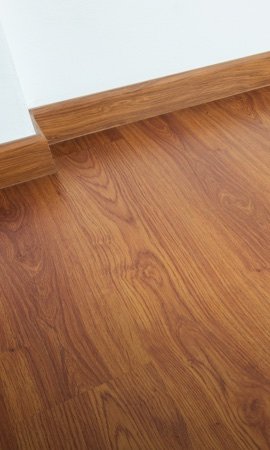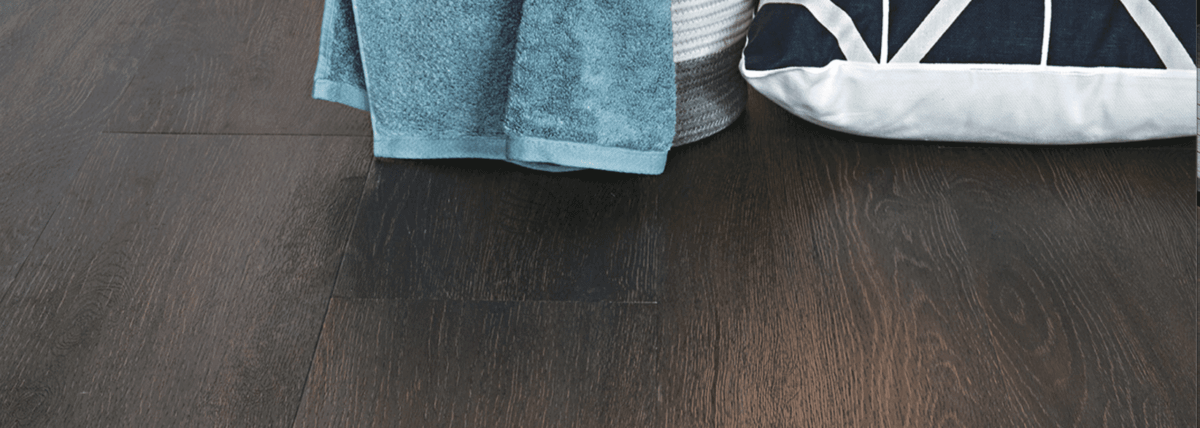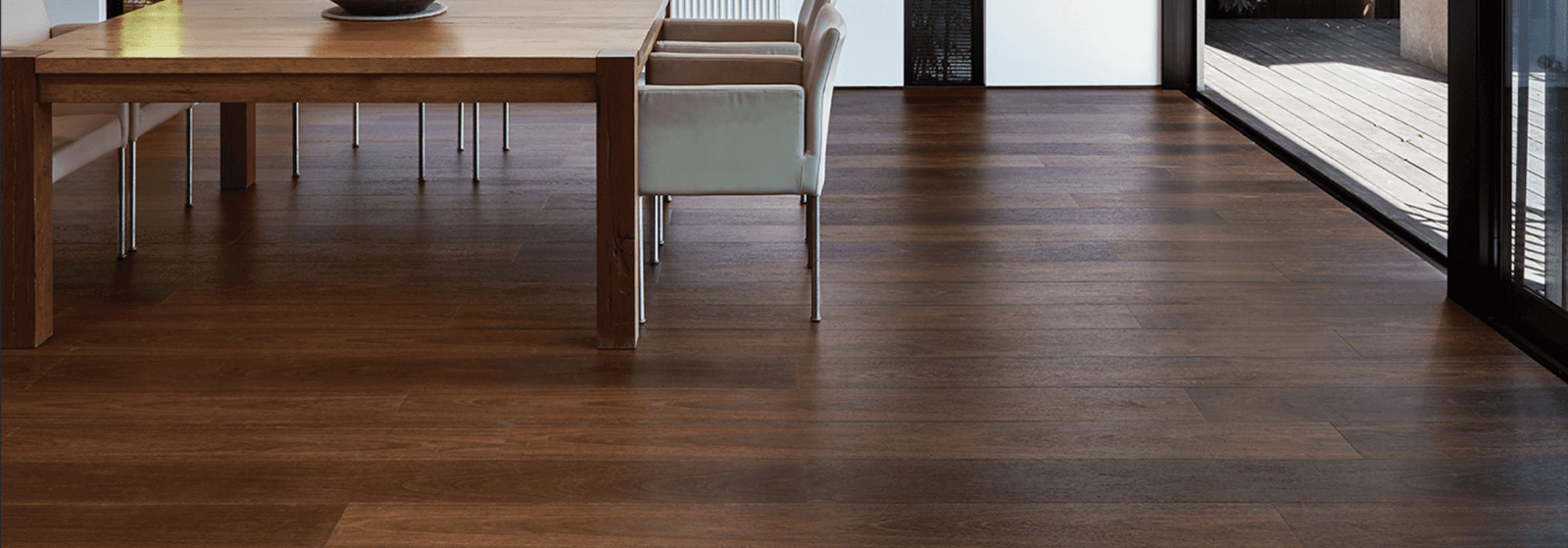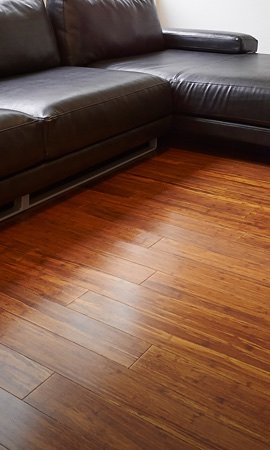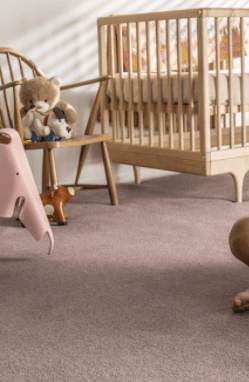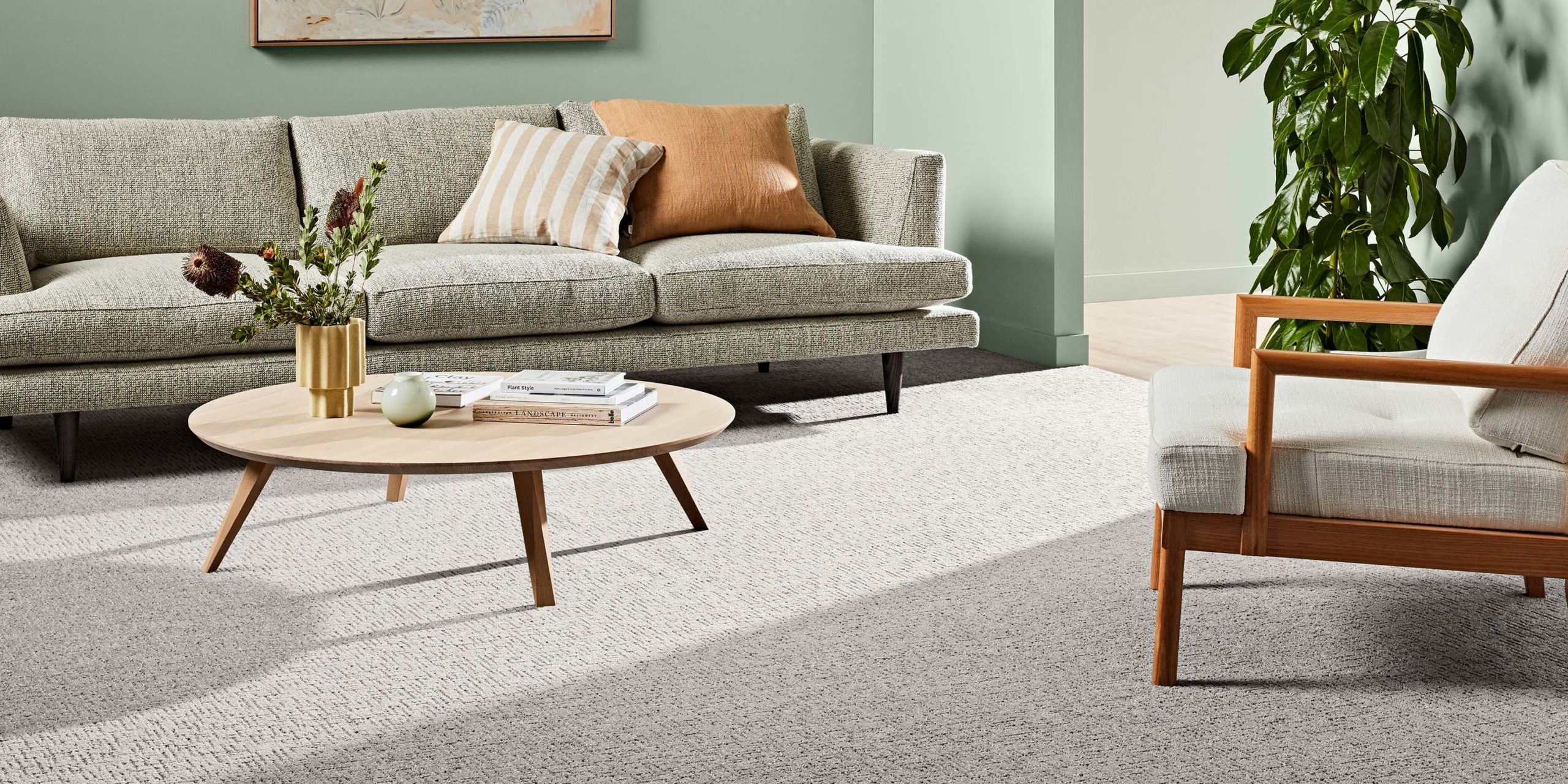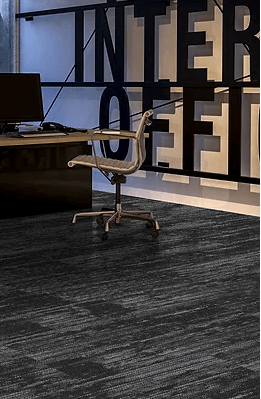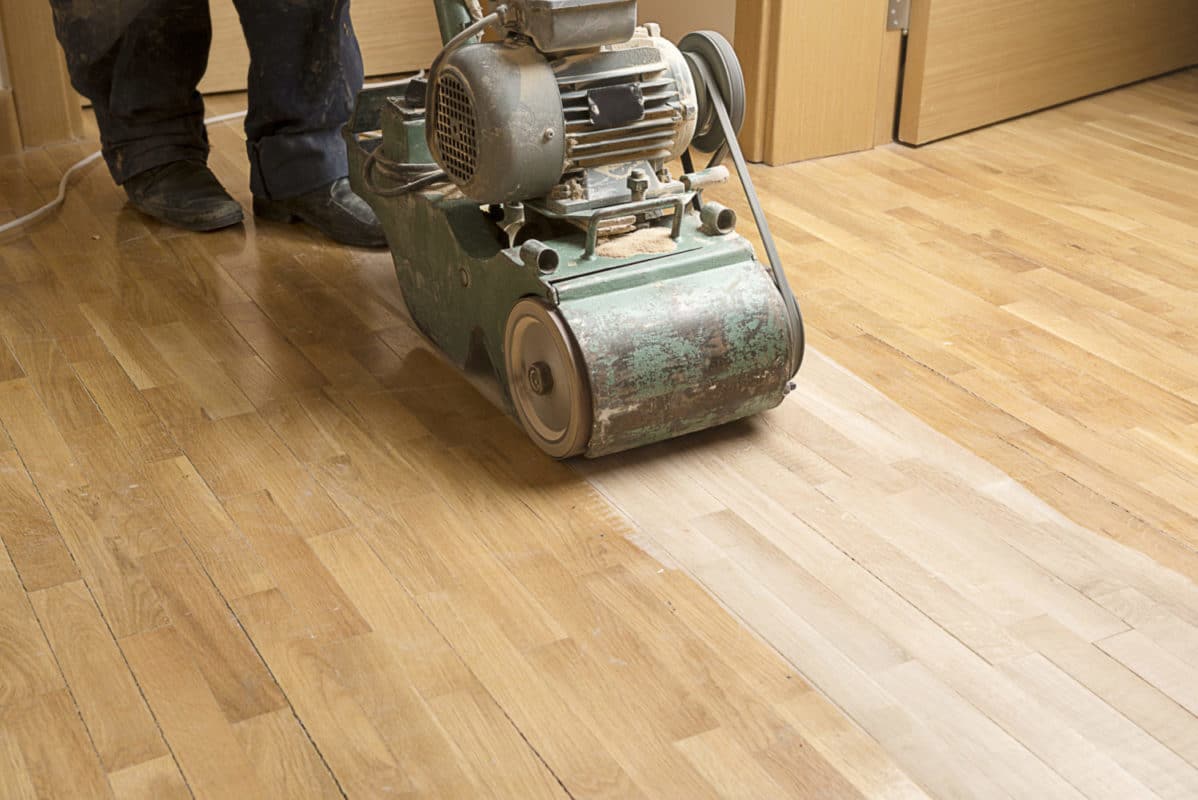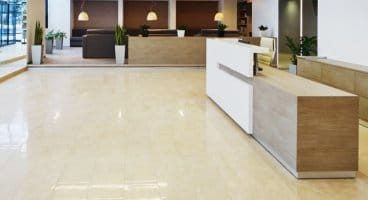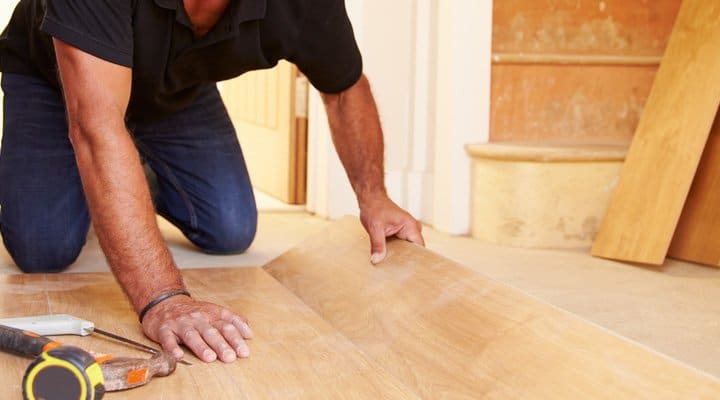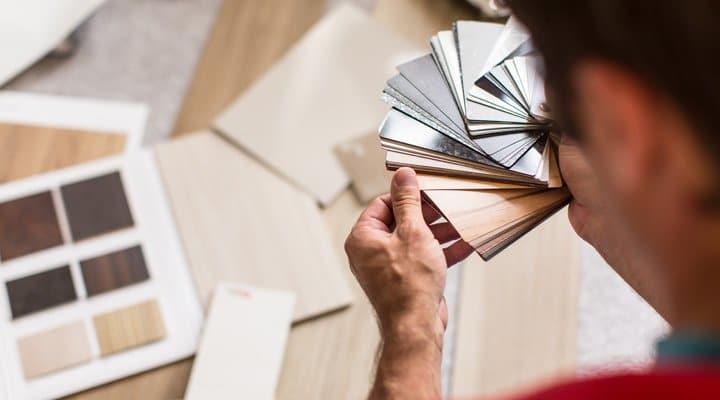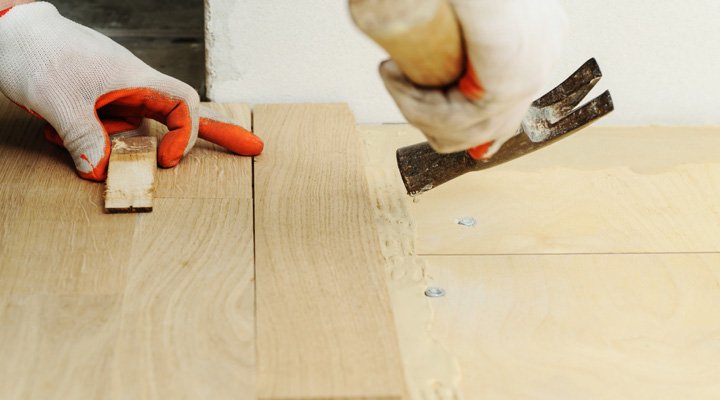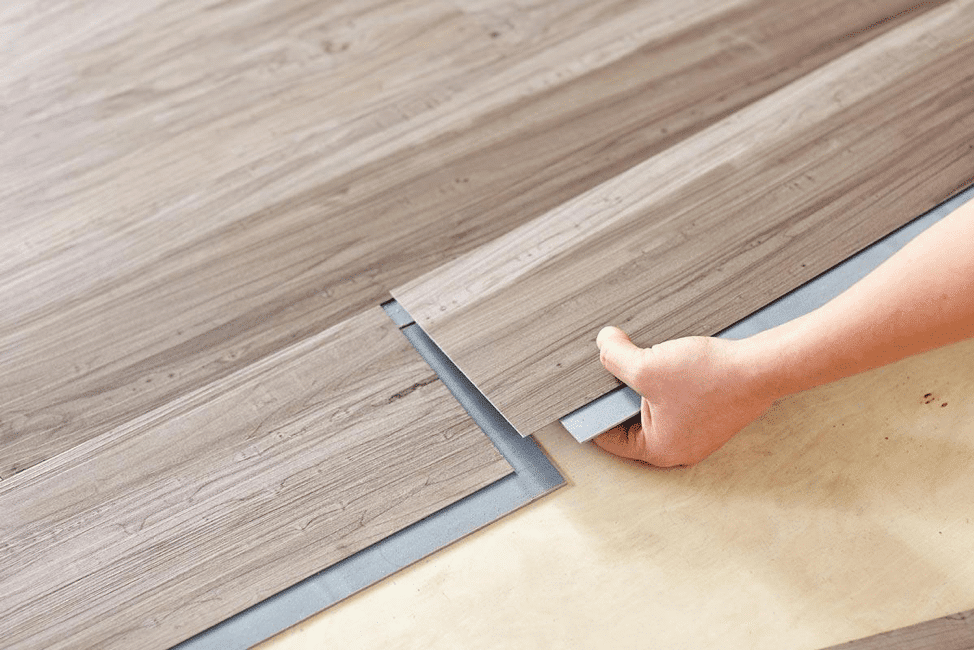

12 Mar The Ultimate Guide to Floating Flooring
What is a floating floor? Floating floors don’t refer to the flooring composition, but instead the method of flooring installation. Floating floors click-lock together or utilise a tongue-groove system that enables it to “float” on top of the sub-floor (the floor beneath where the new floor will be installed). This is unlike traditional solid timber flooring or tiling, which need to be nailed and/or glued to the subfloor.
You can think of floating floors as a “jigsaw puzzle”. You click-lock the different floorboards together side-to-side, and together lock each other into position. Don’t worry though, floating floors are far stronger than a jigsaw puzzle and won’t move or break with pressure. They are kept together by the joinery, friction, weight and confinement of the boards.
They are known for its simplicity of installation and suitability for apartments because they can be installed on top of an existing subfloor e.g. tiles, plywood, concrete, old timber floors or particleboards.
What are the Benefits of Floating Flooring?
1) Suitable for Apartments and Unit Blocks
Traditional solid timber floorings are not suitable for many apartments and unit blocks because of their installation process and noise-transmission implications. If you live in an apartment, have you ever heard footsteps or the movement from the chairs above? That’s the reason why hard floors are strictly regulated by a building’s Strata.
So what are your options if you want the look of timber flooring in your home?
In comes floating flooring. Floating floors have much improved noise-transmission capabilities and can be installed above special acoustic noise-reduction underlay. From a strata perspective, floating floors are the same as carpet and as long as the underlay meets the noise-transmission regulations, you are good to go!
2) Simpler and More Cost-Effective to Install
With a click-lock system and no nails & glue, floating floors are far simpler to install. This means if you have a knack for handy-work, you could even consider a DIY floating floor installation.
Note: If you are considering self-installation, make sure to consider a laminate floor with a quality patented click-lock system, as some click-lock systems may make installation more difficult. Also ensure you conduct thorough research beforehand and secure the appropriate equipment.
If you’re looking for a professional team to complete your installation, the simpler nature of installation also greatly reduces the final installation prices you pay. If you’re looking for installation services, we will be happy to provide a no-obligation quote here.
3) Greater Range of Colours and Styles
As floating floors encompass man-made laminate, hybrid and vinyl floors, there is a broad range of colours and options available. Floating flooring can reproduce the look of any timber you wish, or come in entirely new, modern and contemporary looks.
4) More Affordable
Generally, floating timber floors are cheaper than their solid timber alternatives. The cost of a particular floating floor depends mostly on two factors; 1) Material and 2) Quality. Here is a general price guide:
| Type of Floor | Durability | Water Resistance | Apartment Suitability | Installation | Price Range (including installation) |
| Hybrid & Vinyl | High | High | Yes | Simple | Affordable
($55 – $70 /sqm) |
| Laminate | High | Low – Medium | Yes | Simple | Affordable
($40-$75 /sqm) |
| Engineered Timber | Medium | Low – Medium | Yes | Simple | Moderate
($100-$150 /sqm) |
| Bamboo | High | Low- Medium | Yes | Simple | Affordable
($65-$85 /sqm) |
5) Maintenance and Repair
As some floating floors’ surfaces tend to be much stronger than their solid timber alternatives, they require less maintenance. As they are more scratch-resistant, they do not need to be sanded or polished like solid timber floors. As they click-lock together, you may simply remove a board and click-lock a new one in to repair the floor.
Drawbacks of Floating Floors
Whilst floating floors have many benefits, there are also two primary drawbacks:
1) Less Stability
Whilst it’s difficult to find faults in the floating floors, one drawback is they’re less stable. When walking on floating floors you may sometimes notice it feels less solid underfoot compared to “glue-down” floors. In worst-case scenarios, you may notice some flexibility and very light creaking when walking upon them. These conditions are becoming more noticeable with severe temperature changes or high moisture levels.
2) Can’t be Sanded and Re-Polished
With the exception of engineered timber flooring, most floating floors cannot be sanded and re-polished. If the flooring begins to show wear and tear in the future, you may have to replace the entire board rather than sanding and polishing the floor, as you can do with traditional solid timber floors.
However, the superior durability of most floating floors partially mitigates this concern.
Floating Floor Options
1) Engineered Timber Flooring
Engineered flooring is a type of layered “timber floor” with an upper layer of hardwood timber bonded with several pieces of plywood underneath. It’s upper layer of hardwood or oak timber is prefinished and bonded to the subsequent plywood layers.
Engineered floors combine the benefits of real timber floors with the versatility of a floating floorboard design – making it suitable to be installed in apartments.
Check out your Engineering Hardwood Flooring or Engineered Oak Timber ranges.
2) Hybrid Flooring
Hybrid flooring is an innovative new type of flooring, which brings the best characteristics of vinyl and laminate floors together to create an improved floating floor.
Hybrid floors are made of multiple layers of materials pressed together and come in a wide range of designs and styles. The top layer is a UV coated wear & tear layer, the second layer is a decorative print with the desired design, and the centre is a composite core board that is waterproof and stable. Finally, there is an acoustic backing that increases foot comfort and reduces sound resonance.
Check out your Hybrid Flooring options.
3) Laminate Flooring
Laminate flooring is a fine-printed photograph laminated onto layers of wood composite material. Laminate floors can mimic the look of real timber flooring, oak timber, bamboo, and just about colour and style an interior designer can imagine. This is why there are many varieties of laminate floors.
Whilst laminate flooring are not real “wood”, they are becoming increasingly popular because of their superior durability, water/wear resistance and affordability.
Check out your Laminate Flooring options.
4) Bamboo Flooring
Bamboo floors are made from a type of grass (bamboo), and yet is harder and more durable than timber floors. Bamboo floors are made through a process shredding of bamboo and pressing it together with glue at high temperatures.
Bamboo has an elegant natural beauty and superior durability, making this style of flooring an increasingly popular choice amongst Sydney home owners. Bamboo grows in abundance and faster than their tree counterparts, enabling it to be a more affordable and environmentally-friendly alternative to traditional timber floors.
Check out your Bamboo Flooring options.
Get a Quote on Floating Flooring
For the best floating timber floor prices in Sydney, get in touch with us online or call our Blacktown office on 9831 7621; Belfield/Strathfield office on 97595095; and Campbelltown office on 46411363. Our knowledgeable staff are always happy to assist and will gladly offer an obligation free quote. Contact us today!

